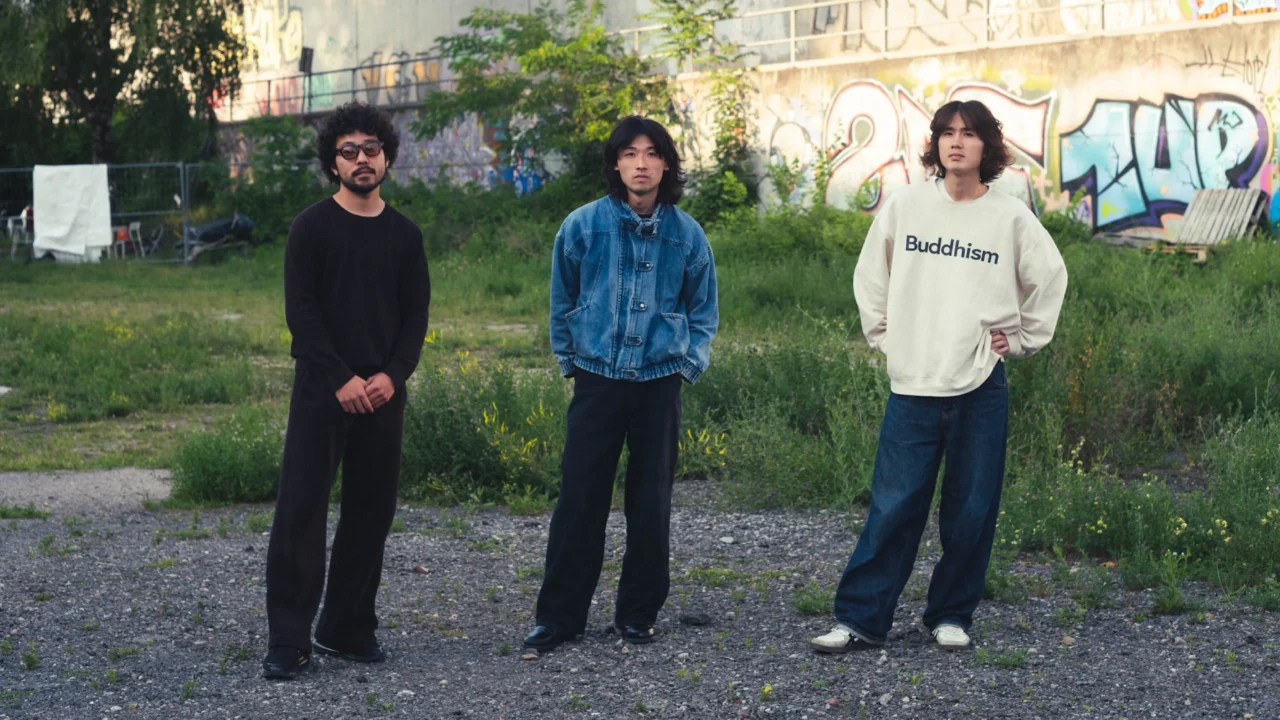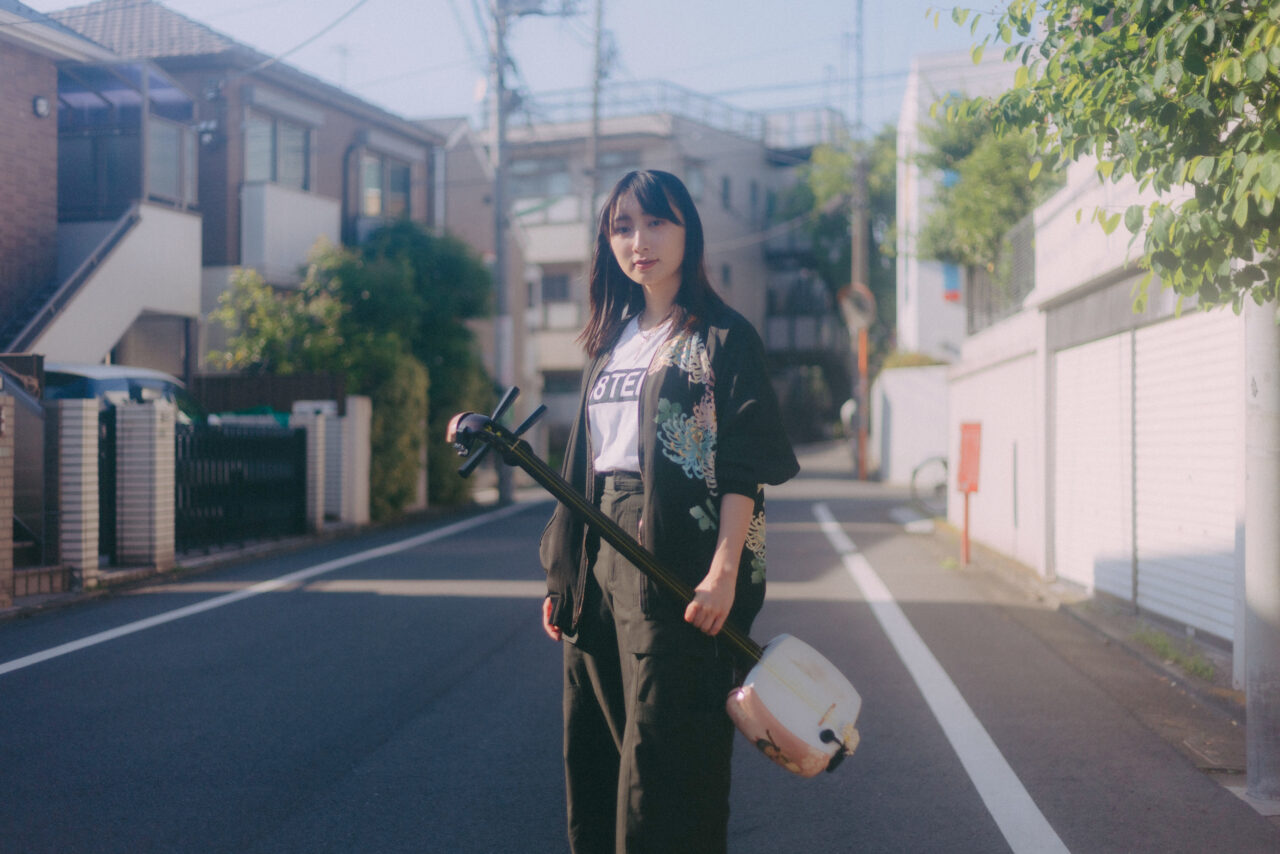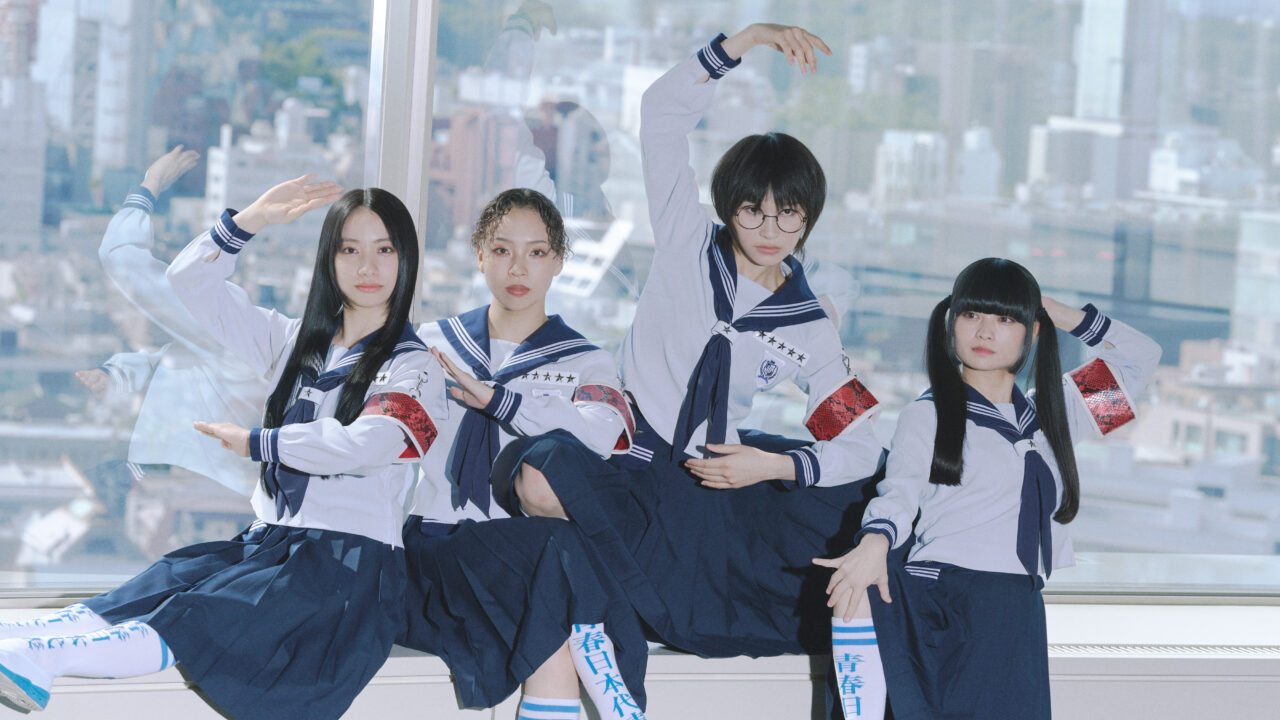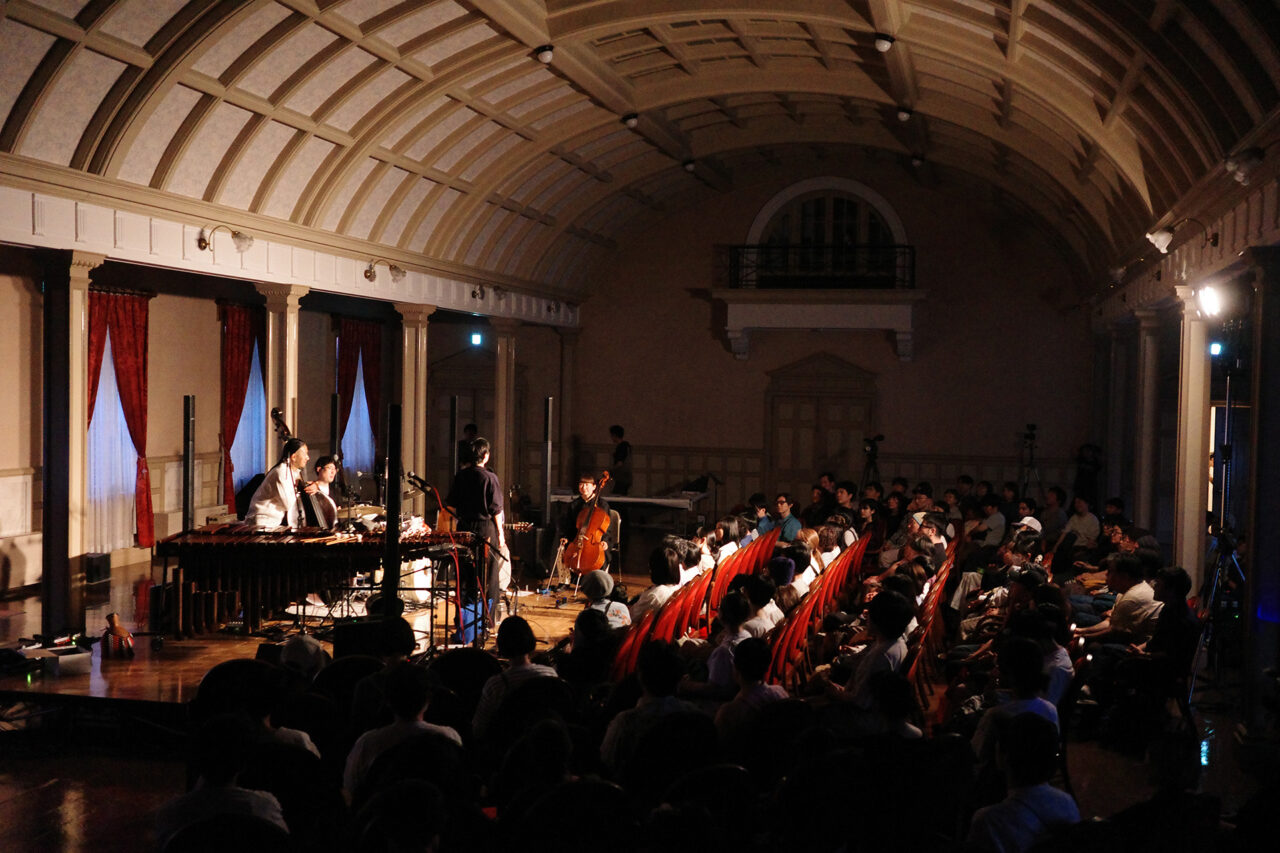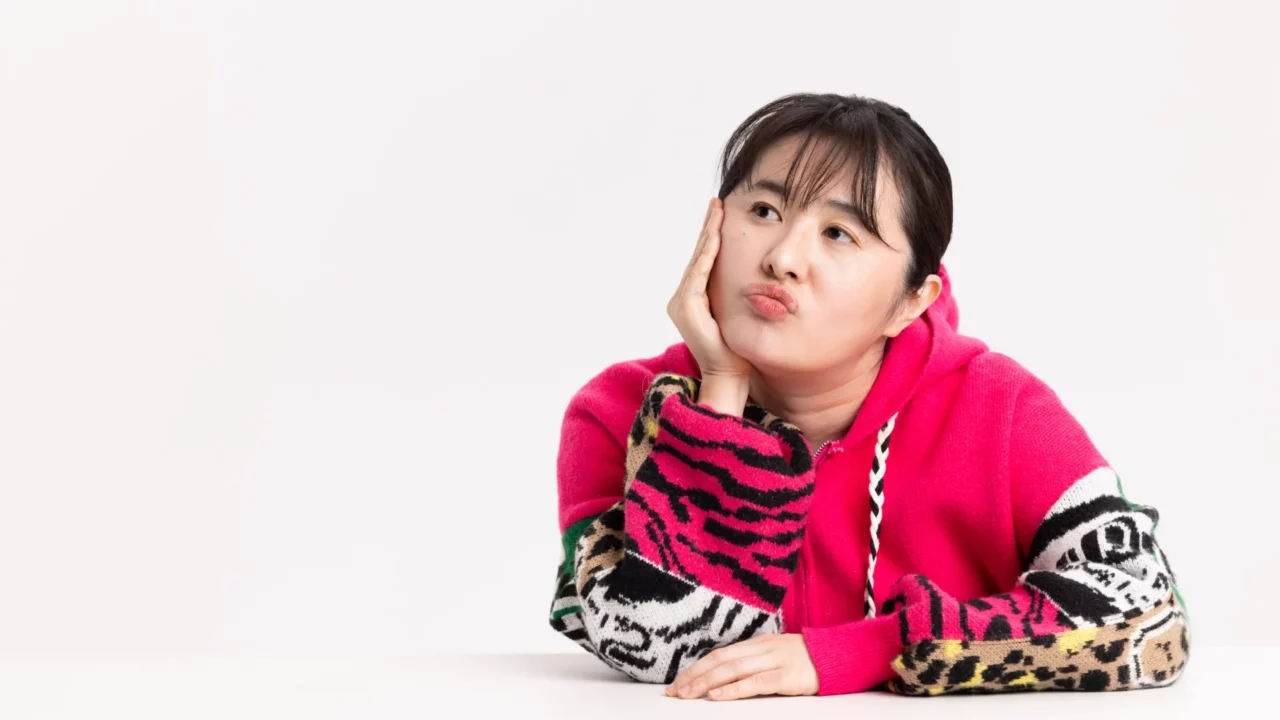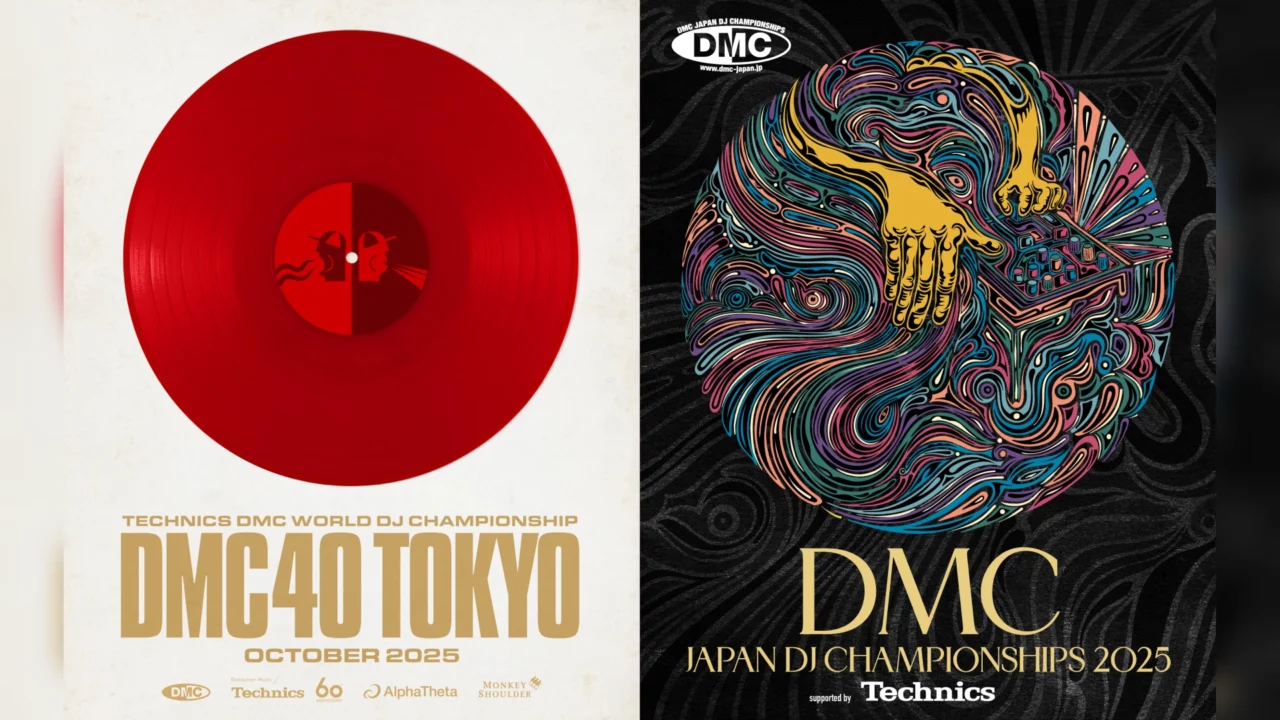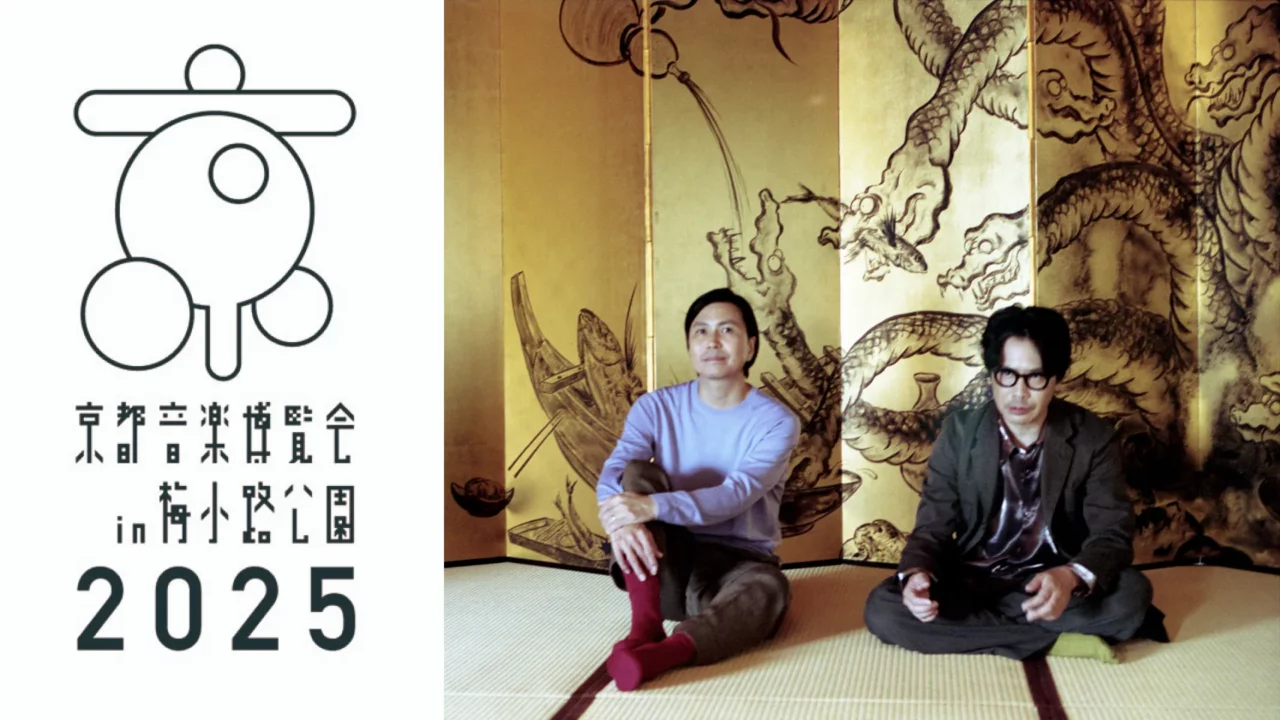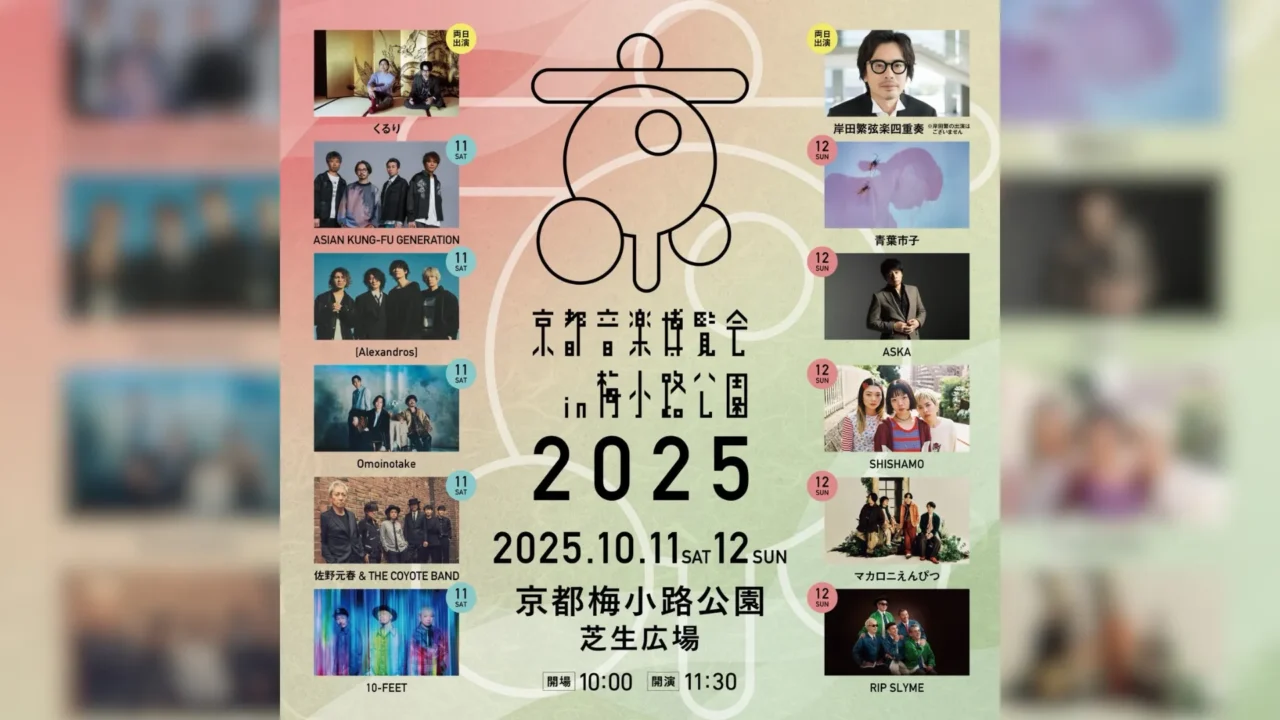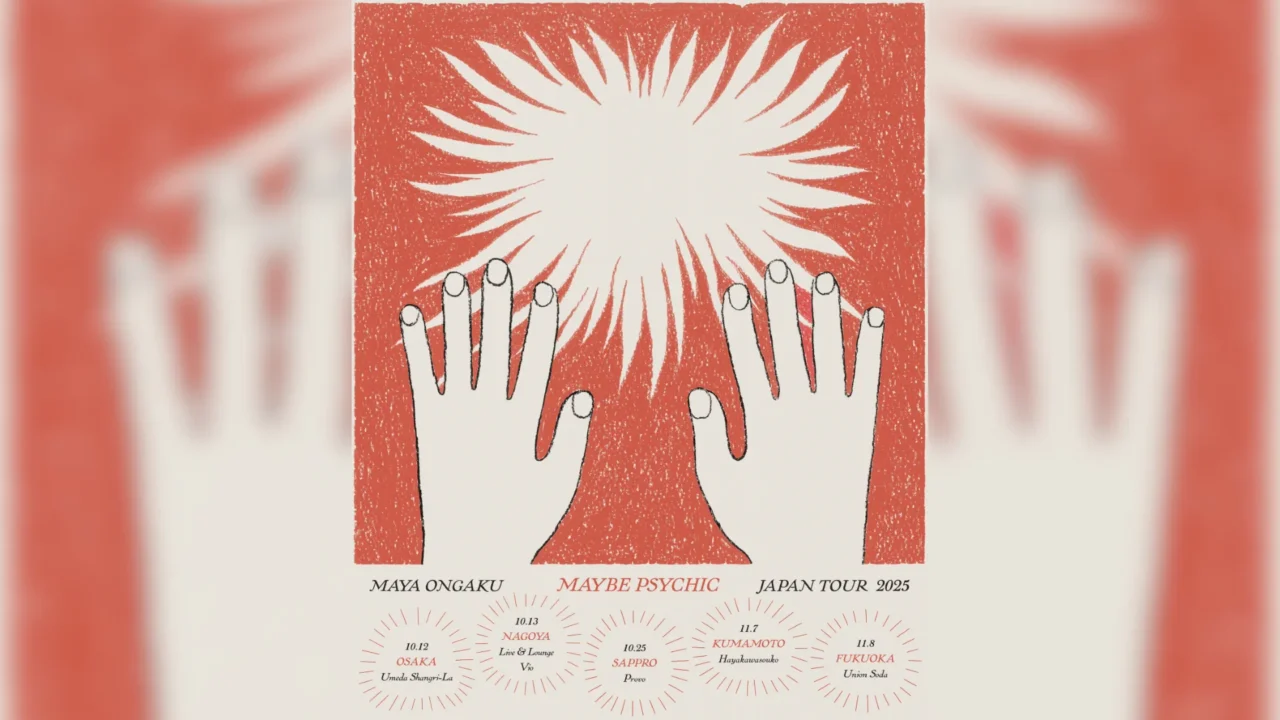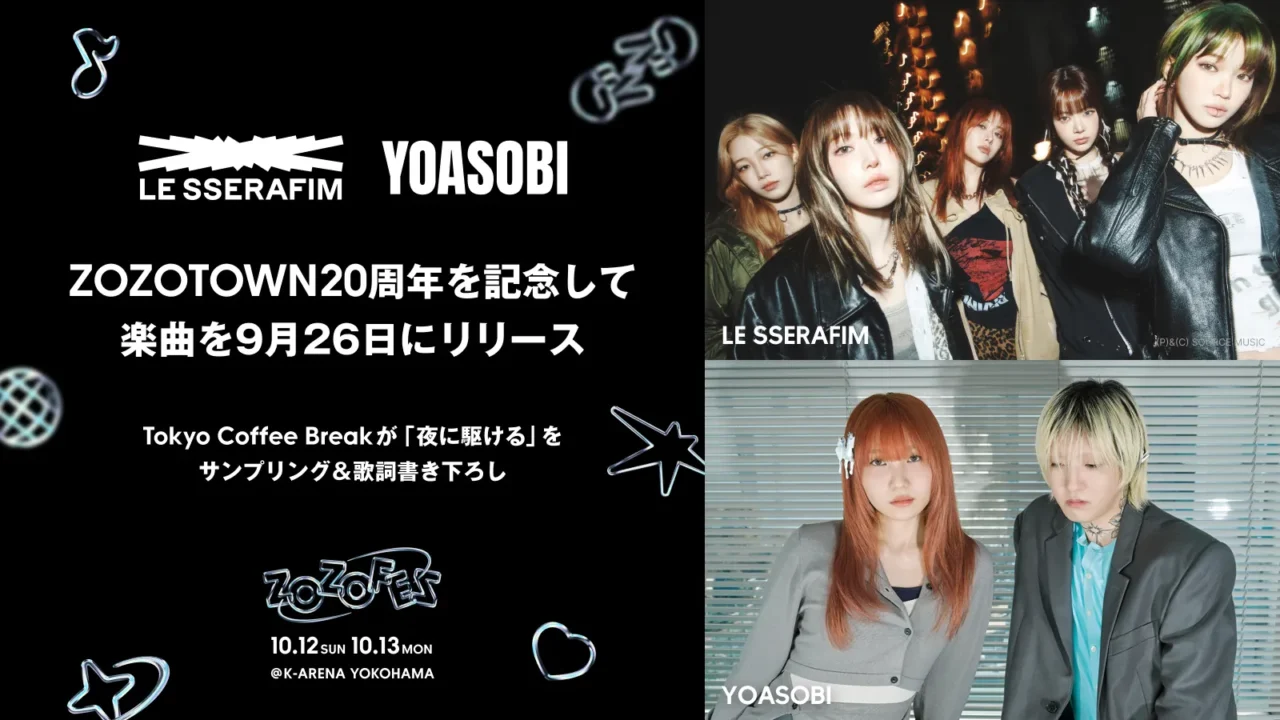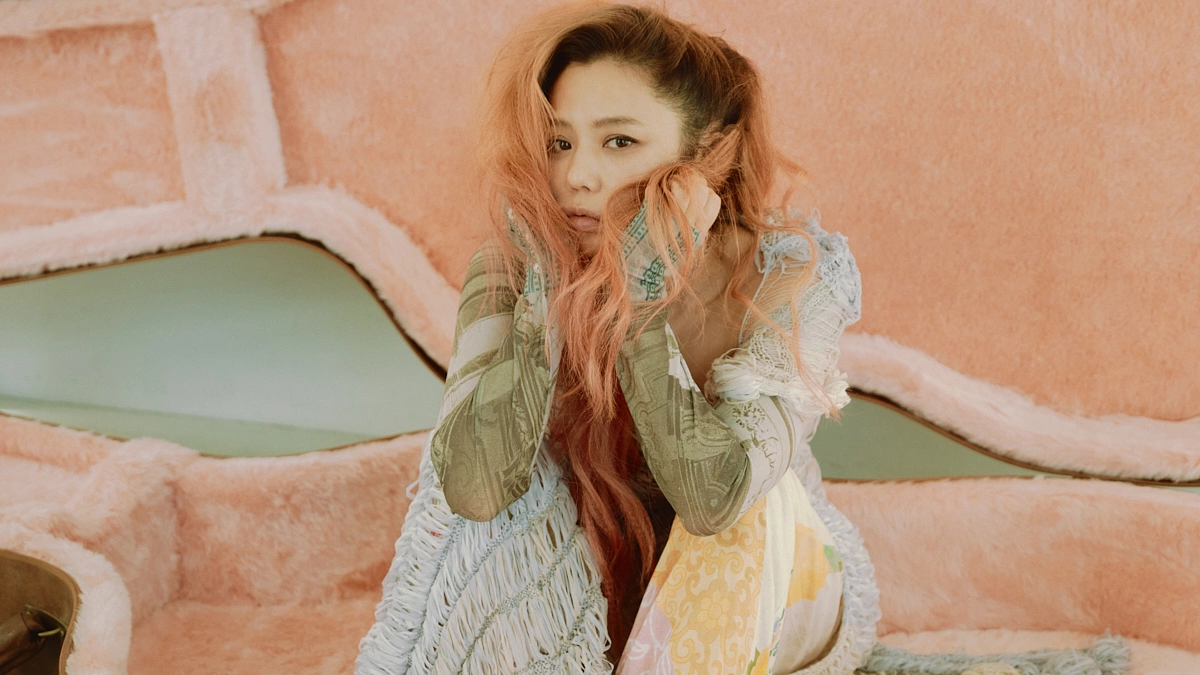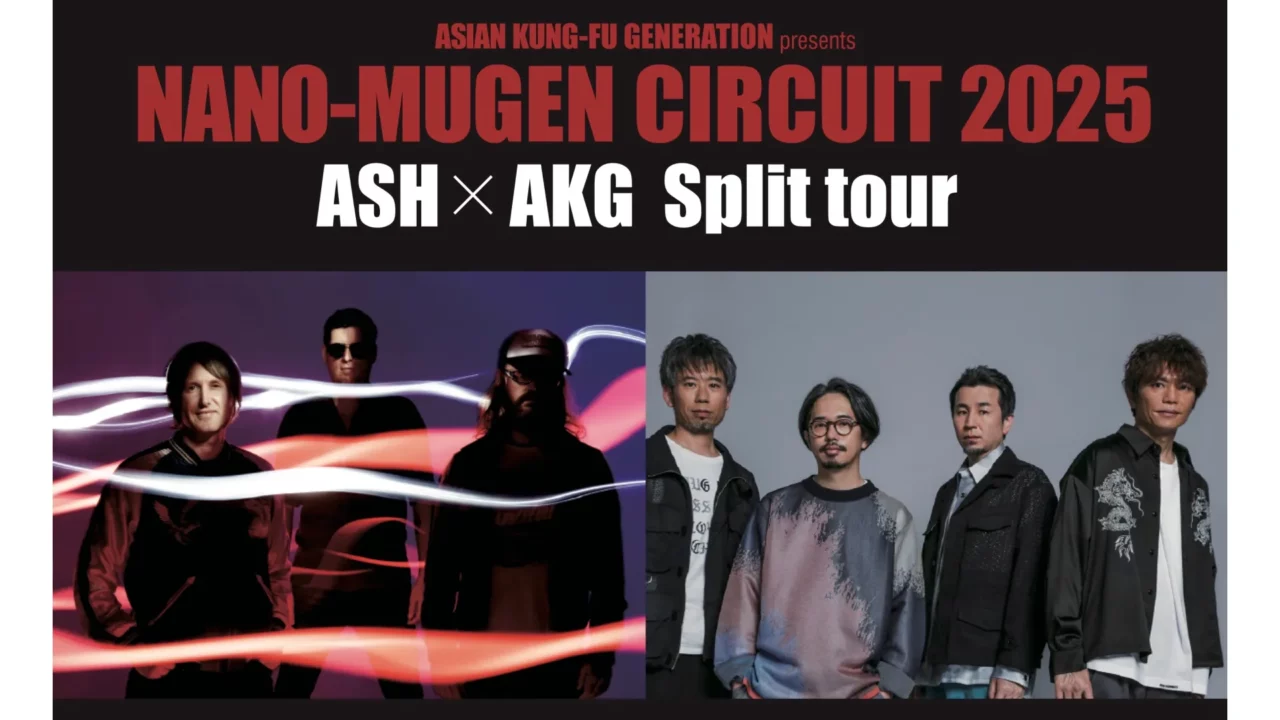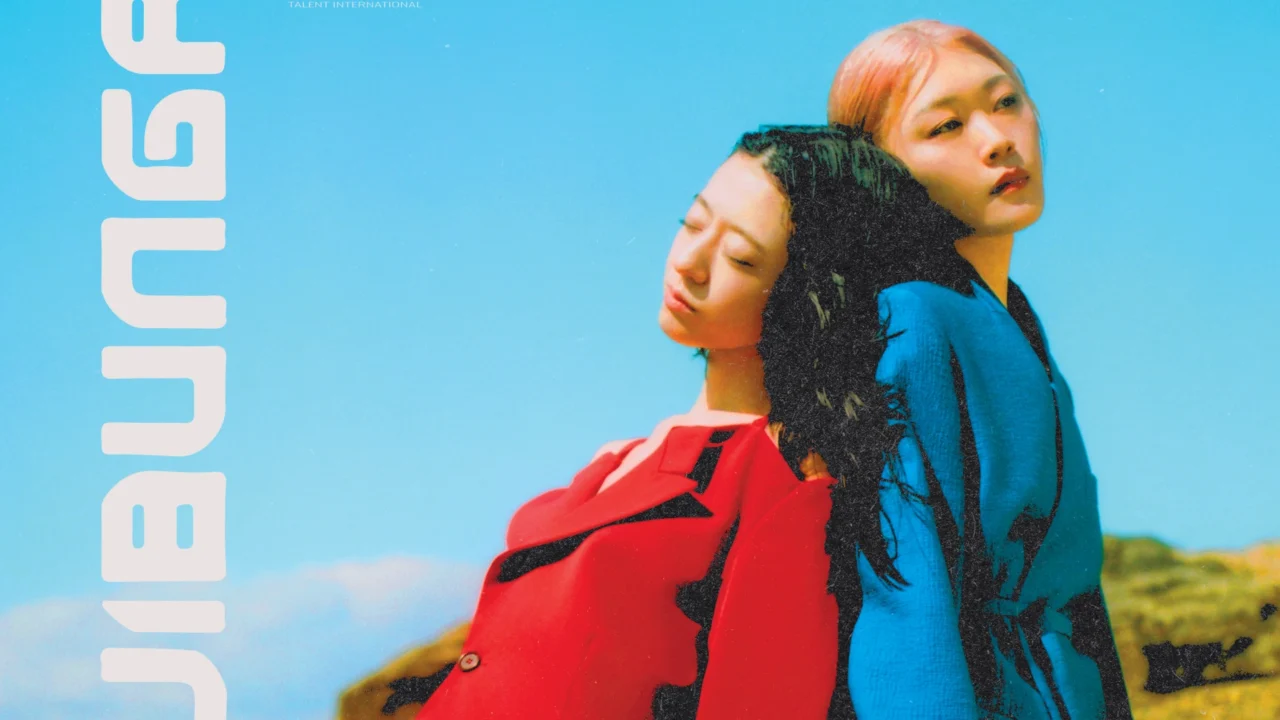May 2020. Amid a society stifled by the pandemic, with connections and support systems severed, a woman passed away.
Inspired by a newspaper article the producer read, and resonating deeply with the emotions it evoked, director Yu Irie created the film “The Story of Ann,” based on the life of a real woman.
The film addresses the tendency to demand “personal responsibility” for problems too overwhelming for individuals to handle, how the vulnerable are more affected by inadequate systems, and the hollow “hope” presented amid the struggles of many. ‘A Girl Named Ann’ explores these societal distortions and human complexities against the backdrop of the pandemic, focusing on the life of a woman named An Kagawa (played by Yuumi Kawai).
In this discussion, director Yu Irie and writer Yuki Takahashi, who had interviewed the former detective that inspired the character Tatara (Jiro Sato) – a man who created a support group for drug rehabilitation but also committed sexual offenses against its participants – share their perspectives. They reflect on the film, blending fiction and non-fiction, and discuss their experiences and insights from their respective roles as creators.
INDEX
Director Irie’s First True Story Adaptation: Honoring the Lives Behind the Tale
-How did you two get to know each other?
Irie When I was trying to write the script for ‘A Girl Named Ann,’ I had a chance to talk to Mr. Takahashi.
Takahashi: After the woman who was the model for An (Kawai Yumi) passed away, there was an article about her in the newspaper. In the article, there was also mention of a former detective who had supported her, the same Tatara (Jiro Sato) from the movie. A web media outlet asked me if I would be interested in interviewing the former detective. When I requested an interview, he readily agreed and we were able to conduct the interview without delay, but then he was arrested*.
*While serving at the Tokyo Metropolitan Police Department, he was arrested and charged with assault and abuse of authority as a special public officer for actions including photographing a woman in her underwear who had come to seek his advice.
Takahashi: I went to see the trial and wrote an article about what happened, and I was contacted through the film company, saying that they wanted to talk to me. They wanted to know about the woman, and I thought that I would not be able to live up to their expectations, since I was the former detective they were investigating. Besides, in the past, when TV or other staff members wanted to talk to me about a certain case, sometimes someone who didn’t know much at all would come in and I would have to explain everything from scratch. Of course, not all of them were like that, but when I first met them, I was nervous because of the uneasy aspect, sorry [laughs].

Non-fiction writer. In 2005, she founded the women’s court-watching group “Kasumikko Club.” The following year, she published a book based on the blog of the same name. Since then, she has been active as a court-watching writer, focusing on writing articles about court cases and incidents.
Irie: That’s fine [laughs].
Takahashi: It’s not often that directors and other upper-level people come to such occasions, but I was very surprised that the director was there as well. But I didn’t feel like I was able to meet their expectations, so I was concerned.
Irie: Not al all. I myself have not met the former detective who was arrested, so when I heard your impression of him, I felt I had some idea of what kind of person he was.

Yu Irie
Film director and screenwriter. Graduated from the Film Department, Directing Course at Nihon University College of Art in 2003. In 2009, his independently produced film ‘8000 Miles’ garnered significant attention. Subsequently, he won the Emerging Director Award at the Takasaki Film Festival in 2011 for ‘Ringing in Their Ears.’ In 2019, he received the Best Screenplay Award from the Japan Film Critics Awards for ‘AI Amok.’ His latest film, ‘A Girl Named Ann’ will be released on June 7, 2024.
Takahashi: I see. Good. to hear.
Irie: For me, this is the first film based on a true story. I realized while I was writing the script that this was a big responsibility. The process of digging up what actually happened and creating a work of art is quite similar to the work that nonfiction writers like you do.
I was reading “Tsukebi no Mura” (2019, Shobunsha) written by Takahashi. In nonfiction, you don’t know whether or not a story will turn into a work of art even after you’ve covered it. I was interested in people who do that kind of work, so I wanted to meet Mr. Takahashi. I wondered what kind of person would be able to conduct in-depth interviews like that, but he was very kind (laughs).

Synopsis: In the summer of 2013, five villagers were murdered overnight in a small Yamaguchi Prefecture settlement with only 12 residents. A haiku posted at the perpetrator’s house stirred the public as a “murder notice,” but it turned out to be nothing more than “gossip.” The book meticulously investigates and verifies the rumors spread by the internet and the media.
-How did you see this film, Takahashi?
Takahashi: I think there are many parts of the life of the person who was the model for Anzu that we have to make up for in our imagination, but this time, the director created the world in his own image, and I was satisfied with the fictional part of the film and watched it with great interest.
Synopsis: Twenty-one-year-old An is forced into prostitution by her mother since she was a teenager and leads a harsh life. One day, when she is interrogated on suspicion of using methamphetamine, she meets a detective named Tatara.
She gradually opens her heart to Tatara, who supports her rehabilitation from drug addiction, helps her find a job, and accepts her as she is. Kirino, a reporter for a weekly magazine, gets a leak that Tadara is privatizing a self-help group for drug addicts and forcing female participants into relationships. Just then, a new type of coronavirus was raging. Anzu finally loses her place of residence and connections with others.
Irie: The person who was the model for Anzu has passed away, so we cannot physically meet her and answer her questions. I had to supplement that with my imagination, but I had a responsibility to the person who served as the model, so I created the story while thinking that there should be no disrespect in my imagination.
Takahashi: With fictional characters, you have more freedom in this respect.
Irie: If there is a flaw in the portrayal of a character, you can take responsibility for it if it is a character you created. That’s the difference this time.
INDEX
Crafting a Narrative from Reality: Challenges Confronting the Creators
Takahashi: I’m most interested in why you decided to make this film, since you have never made a film based on a real incident before.
Irie: First of all, I wanted to preserve the Corona disaster. I am personally very afraid of a sense of stagnation filling society as it did at that time. I thought I was strong, but at the time I felt that I was being pushed into a corner. Because I was freelance, I was not contacted by anyone from the company, and suddenly I was all alone. I was thinking about what would happen to single parents raising children who suddenly had to cancel school, and so on.
Another thing is that I think I would have passed by a girl like Anzu somewhere in the city. I wanted to know more about the existence that I had been trying not to see. But I didn’t understand Anzu at all at first. Yumi Kawai, who plays Anzu, is closer to Anzu in age than I am, so I asked her, “What kind of person do you think she is?

Takahashi: So, rather than having a complete image in your mind, it was more like the filmmakers complemented each other.
Irie: That’s true. I wanted to somehow get closer to the vague image I had in my mind. It was the first time for me to create in that way. I didn’t want to force my own image into the film at all this time. In non-fiction, you can’t change what happened. I think it is very similar to that. As the creator of the book, I kept a distance from the story, as if to say, “This is how it looked to me.
-What do you usually pay attention to when you write an article?
Takahashi: Even if something actually happened, each person involved has a completely different point of view and interpretation. So even if I look at it afterwards and think “this is how it happened” and write about it, there is always someone who says “it’s not what I thought,” so it is very difficult to avoid any complaints from anyone. But I am always very careful not to think, “Isn’t this a little too exaggerated?” or “I know it would be interesting to write this way, but I don’t actually think so, so let’s not do that.
Irie: In that sense, in the case of fiction, there are no stoppers, so I can keep making it as interesting as I want. But this time, there is reality, so I knew I couldn’t add too much.
Takahashi: I think that’s why it was so realistic. Before watching the film, I was personally very concerned about the treatment of Tatara. I wondered what would happen if they would depict only his achievements and leave him as a good person, or if they would handle his arrest as well. I get inquiries myself about various cases, but sometimes I only focus on the good aspects and not so much on the bad. But that was not the case, so I thought it had a sense of reality that included that.
Irie: I’m personally not interested in portraying so-called saintly or respectable people in films. I actually shot a lot more scenes with Jiro Sato playing the role, but in the end I wanted to concentrate on the story of Anzu, so I dropped a lot of things.

-In this film, however, Tadara is arrested and Anne becomes more lonely after that. I felt that it was a difficult balance to depict the fact that there was a person who accused Anzu of sexual assault, and his arrest could be seen as a distant cause of her death.
Irie: Yes, he was actually arrested after her death. I also spoke with the newspaper reporter who wrote the article that inspired this film, and he was weeping after she died. When I heard such a fact, I was torn apart.
Takahashi: Human beings are not just one thing, but have many sides, don’t they?
Irie: I think you must have seen more of this than I did, as you have been to many more hearings than I have.
INDEX
Focused Fascination with an Individual: Driving Force Behind the Production
-I noticed that the character Kiriya (played by Goro Inagaki) bore some resemblance to your professional role, Takahashi. What were your thoughts on that portrayal?
Takahashi: I felt very comfortable with him, as if he really existed. I am sure that you must have done a lot of research in portraying that reporter.
Irie: The newspaper reporter I mentioned earlier was the basis for the character. I also asked the editor-in-chief of “Shukan Bunshun” about the process of how he applies for an interview, how he captures the subject of the interview, and how he achieves it until he writes the article, and I used that as a reference. They tell me everything, and they are very open and airy.

Takahashi: I once interviewed a reporter for Bunshun, and he was very cooperative. They were very cooperative and were willing to provide a lot of information in order to spread the word correctly.
-I also interviewed the “Bunshun” production committee, and they were very cooperative and willing to provide a variety of information to help us spread the word correctly.
Irie: It was very difficult to recreate the editorial department of a weekly magazine on location, so we asked if we could borrow it, and they cooperated. I asked them if I could borrow it, and they cooperated. That’s why all the materials in the stack were real, and I thought they were very generous [laughs]. The editorial department is usually very busy, so I was only able to borrow them for the night of December 30, when the work was finished, and they let me shoot in the editorial department.
Takahashi: That sounds like fun [laughs].
Irie: What I wanted to ask you this time is that I myself am always looking for things that could be made into a movie, but what part of you feels “I can write this”?

Takahashi: To be honest, I would like to ask the director about that too [laughs], but there are times when I think, “I want to know more about this person’s background,” rather than “I can write about this. If I feel that way, I will interview him. With the pressure to produce a certain level of commercial results in film, how does the director maintain motivation in the production process?
Irie: Maybe I’m close to what Mr. Takahashi said, “I want to know more about my background. When I write a script, I don’t really think about whether or not it will be seen by many people.
What I fear the most is that I will get bored with the subject matter in the middle of the film. The process of making a film is a long one, usually taking three or four years, and if it’s not good, it can take up to 10 years. It would be a disaster if I got bored during the filming process. For example, I think it was very difficult to cover “The Village of Tsubeki,” but how were you able to continue without thinking, “It’s just not growing on me.
Takahashi: Until the first few times I did the interviews, I thought that there were no buds, but there was a time when I got excited and thought, “This is a great story I’ve heard. It’s not like I had to read it, but I thought I would put it all together, and I managed to give it shape. However, what I am doing is annoying to the people who are listening to me, so there is always pressure there, and it is hard.

-How do you approach things that may be perceived as bothersome?
Takahashi: I am prepared for the fact that I am considered a nuisance by the people involved. I believe that thinking of myself as a righteous person will lead to bad things, so I make it a point to conduct interviews while being aware that I am “an annoying person who is here to talk to people who have absolutely nothing to do with the case.






